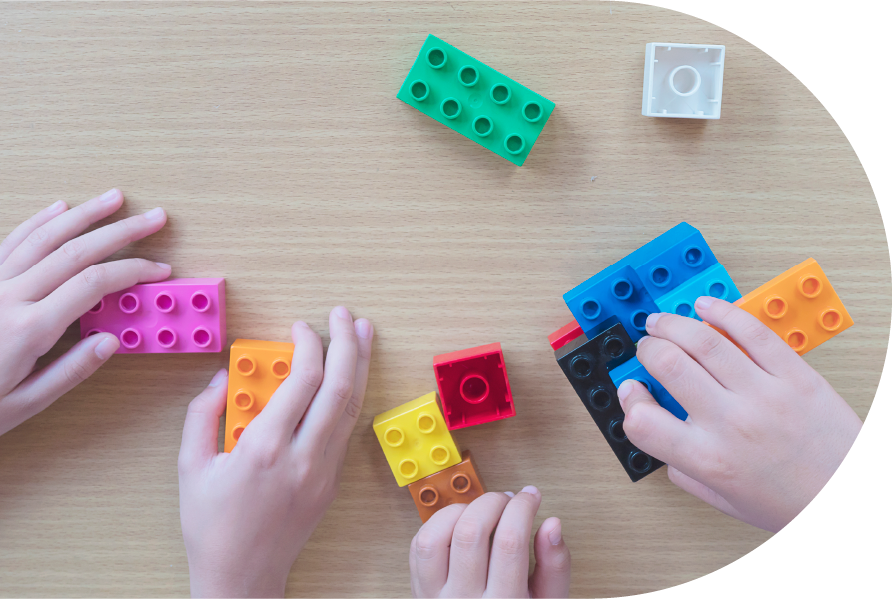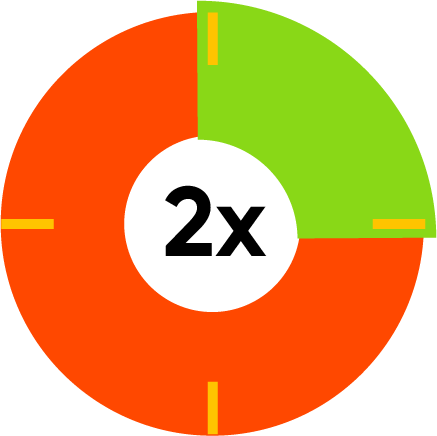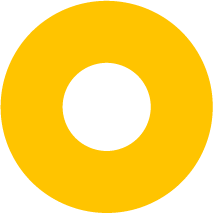We rehab

Pető method program
One of the developmental programs adopts the special ‘Pető methods’ which focuses on teaching those in need to adapt and integrate into circumstances of daily living. It is a method that is not medically-based, but task-oriented. With conductive education, children may use specialized learning strategies to perform daily functions. They cognitively think through the process and emotionally connect to physical tasks to understand how to perform them successfully.
- task-orianted
- conductive education
- specialized learning strategies
- play-based

Programs
One of the most important goals of conductive pedagogy – regardless of age – is to teach developmental learning skills. Its essence is complex personality development based on active learning.
Do you have any questions?
The main goals of conductive education are to encourage:

Personality development
Play-based social communication therapy for children with
- task-orianted
- conductive education
- specialized learning strategies
- play-based
(Or rather, developmental challenges that involve communication difficulties).


Schedule


During a 3-hour play session twice a day, the professionals focus on responding to the children’s clues, finding his/her motivation and build fun games around his or her motivation that creates the basis for working on developmental goals that are chosen based on the current needs and developmental status of the child.
The professionals
The professionals focus on a wide range of skills. For example, based on the needs of the child, they may focus on

- eye-contact
- social attention span
- verbal and non-verbal communication
- flexibility
- sharing experiences
- being interested in others
- asking and answering questions
- humor and much more.
By following the child and helping him or her to focus while at the same time challenging him or her creates the opportunity for the child’s acquired skills to become spontaneous.
This type of play-based therapy is a fun, effective way of helping children grow, open up, share who they are, and be more spontaneous.

TSMT therapy

TSMT therapy is a designed sensorimotor training for cases such as
- Hyperactivity
- Attention Disorders
- Autism
- Asperger Syndrome
- Down syndrome
- Delayed Motion Development
- Gross and / or Fine-Motor Skills Development
- Intellectual Disabilities
The tasks gradually advance according to the child’s improvement and further develop according to the individual progress of the gross and fine motor skills. This method helps the development of attention and spatial awareness, improves concentration so that attention becomes more adaptable, and also improves a sense of rhythm as well as motor skills creativity. Furthermore, this therapy helps children with learning difficulties and social skills.

After the therapy
All therapies can be practiced at home. Caregivers are trained on how to perform the tasks while they are in Hungary and are given a task sheet that explains the activities in writing and pictures. The activities should be practiced at the agreed frequency and number of repetitions at home with the children, within the controlled time frame.

